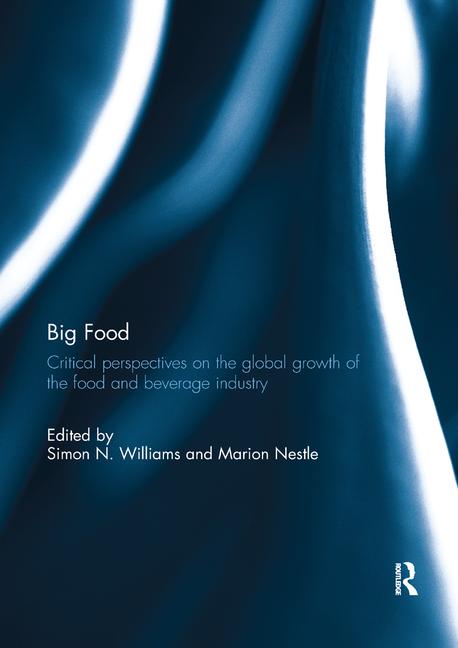High-glycemic Diet and Breast Cancer

S. Sieri of National Cancer Institute in Via Venezian, Milan, Italy, and colleagues conducted the study and found women in the highest quintile of dietary glycemic load were 45% more likely than those in the lowest quintile to be diagnosed with breast cancer.
Theoretically, a high glycemic index or glycemic load diet may increase risk of breast cancer because a high glycemic load diet demand high production of insulin alongside which the insulin-like growth factor axis is triggered to produce growth hormones, which promote cancer growth.
The current study was intended to examine the association between dietary glycemic index and glycemic load and breast cancer risk in Italian women who participated in the European Prospective Investigation into Cancer and Nutrition (EPIC).
For the study, participants were surveyed for dietary information on glycemic index and glycemic load of their diets. During a 11-year follow-up, 879 breast cancer (797 invasive and 82 in situ) cases were recorded.
Although high dietary glycemic load was associated with 45% increased breast cancer risk, dietary glycemic index and total carbohydrate were not associated with the risk. The negative association was not modified by menopause status nor body mass index.
The researchers concluded "in a Mediterranean population characterized by traditionally high and varied carbohydrate intake, a diet high in GL (glycemic load) plays a role in the development of breast cancer."
The same sets of data were also analyzed by a larger group and the results published in a recent issue of the American Journal of Clinical Nutrition showed that a high glycemic load diet and carbohydrate intake were positively associated with an increased (by 45% to 65%) risk of developing ER- and ER-/PR- breast cancer among postmenopausal women. A diet with high glycemic load and high intake of carbohydrates were not associated with ER+ breast cancer.
Glycemic index (GI) indicates how fast the food or diet releases glucose into the blood whereas glycemic load is the total of sugar that can be released from a food or diet. The study suggests that eating too much starch food and sugar (which have a high glycemic load) may increase risk of breast cancer.
Breast cancer is diagnosed in 2012 in more than 230,000 women in the U.S. and the disease is expected to kill about 37,000 in 2012 in the country, according to the National Cancer Institute.
A couple of things women can do to reduce risk of breast cancer are avoiding medical radiation used in diagnostics and treatments, and hormone replacement therapy, according to an authoritative organization. Taking vitamin D supplements can be one of most effective protective measures against breast cancer, according to numerous studies.
Looking for a reprint of this article?
From high-res PDFs to custom plaques, order your copy today!







